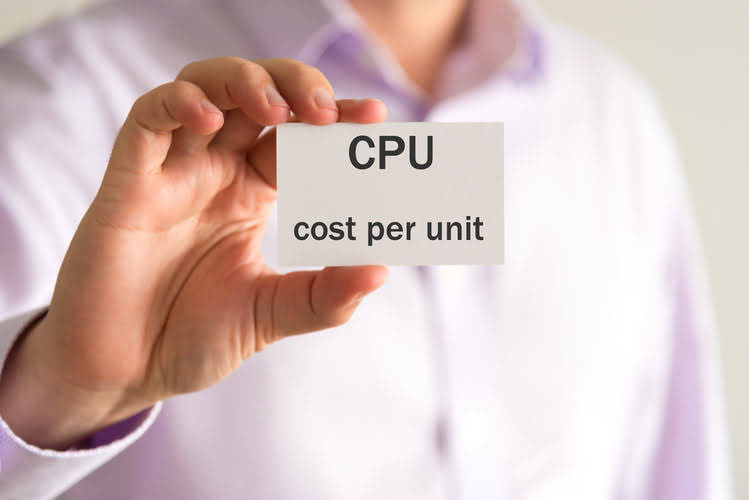
The concept involves internal documentation of expenses through an established system. unearned revenue When bank statements arrive, the costs and payments are cross-checked to ensure finances are correct. Automated payment reconciliation, also known as accounting reconciliation for payments, can save time, reduce errors, speed up the month-end accounting close, and improve cash flow management. An automated payment reconciliation report provides essential business insights. Settlement finalises the payment, while reconciliation validates it afterward. The rapid expansion of digital payments has revolutionised how we make transactions.
- Payment reconciliation is a process that confirms that incoming payments and their financial records match completely.
- Recently, Latin America was proclaimed the best region to take a risk on fintech innovation.
- This may involve contacting the payee or refunding a payment if necessary.5.
- Once all discrepancies have been resolved, the reconciled payment information is typically recorded in the accounting system so that it can be used for future reference.
- During this step, the professional must compare each record on the external document to that of the internal ledger.
- It involves matching collected cash against sales receipts, helping to detect potential issues such as employee theft or accounting inaccuracies.
- Finally, if there are any discrepancies between what you have on your records and what the other party has on their records, it can take some time to figure out where the discrepancy is and how to fix it.
Reconciliations at Corefy: how does it work?
Payment reconciliation is usually performed on a regular basis, such as monthly or quarterly. Accept payments online, in person, and around the world with a payments solution built for any business—from scaling startups to global enterprises. Did you know that 92% of shoppers choose to shop again if the refunds process is easy? Evidently, a quick and reliable refunds policy is central to customer retention. This is critical for employees to receive what they are owed and also for businesses to pay the right payroll taxes and report deductions accordingly.
What are the benefits of automating payment reconciliation?
To initiate the reconciliation process, gather all relevant financial records, including bank statements, receipts, invoices, and transaction histories. 1) Bank reconciliation– Cross-checking the business book of accounts to the bank account statements. Regular bank reconciliation helps ensure that there are no missed payments, theft or mistakes due to human errors affecting the transactions. As stated earlier, payment reconciliation can help improve the accuracy of your financial records. When you have accurate financial records, financial reporting also becomes more accurate. In addition, automated solutions help reduce the time and effort required to create financial reports, making the process more efficient.
- Continual process improvement is essential to keep the reconciliation process efficient and effective.
- With real time reconciliation, you can get payment confirmation anytime between 10 minutes to 1 day.
- In smaller businesses, bookkeepers and/or bookkeeping agencies are often hired on a contract basis and paid by the hour.
- Speaking of diverse systems and formats, without integrated systems and standardized financial records, merchants struggle to develop uniform criteria for accurate comparison and matching.
- Manual reconciliation also poses a significant risk when it comes to mass payments.
- Luckily, there are automated solutions like BILL Spend & Expense that help streamline payment reconciliations and give your team more time to focus on strategic work.
Accurate Financial Reporting

For example, someone logged a payment as paid in the accounting records even though it was never received, causing the discrepancy. These finance teams need an automated reconciliation tool like Ledge that has multi-way automated reconciliation capabilities, supporting the diverse stacks that most businesses now offer and support. And sometimes it’s not an honest mistake – fraud can also account for mismatching records. The Association of Certified Fraud Examiners Law Firm Accounts Receivable Management (ACFE) estimates that the typical organization loses 5% of revenue to fraud each year. You can think of payment reconciliation as a core habit of good financial hygiene.
All the cash, cards, or checks collected in a register are compared with the sales receipts at the end of the day or before the shift changes. If the totals don’t match, it could indicate an accounting error or an employee theft. Record of payment is made externallyWhen the payment is made, either to or from the business, a record of the payment appears in the business bank account. Using automation for payment reconciliation feels like emerging from the Stone Age. Having to rely on your employees to perform manual, tedious, and repetitive tasks not only opens the door for error, but it also creates a work environment that can be plagued by frustration. By reconciling accounts, it’s easy to understand cash at hand and make informed decisions about where to spend versus where to hold back.

Credit Card Reconciliation
Payment reconciliation can be said to be a process of reviewing business transactions. If transactions’ records match, your business books are accurate and updated. The settlement cycle is the time frame inbetween, For example – ” reconcile payments meaning When the customer makes the payment through the gateway, via Paytm, and funds being credited to the merchant’s accounts”. So, settlement refers to when the payment gateway credits the funds in a merchant account.
What’s the Difference Between Operational Reconciliation and Financial Conciliation?

It’s the practice of verifying that payments received or made align with corresponding invoices, statements, and other financial documents. From there, they will make any necessary adjustments to correct financial records. Payments reconciliation is essential to the financial health of any business, preserves the integrity of financial reporting and helps merchants comply with various laws and regulations. Credit card reconciliation involves matching monthly statements to internal records and bank statements, ensuring all transactions are accounted for accurately. With payment reconciliation, your business can ensure that the total money collected or earned matches the net sales amount. The other popular definition of payment reconciliation is – “A method of bookkeeping which consists of the comparison of financial records – those internally logged with bank statements and maintained by accountants”.
By regularly performing payment reconciliation work, businesses can detect issues early on and take corrective action to maintain their accounts receivable, accounts payable, and general ledger integrity. Common types of payment reconciliation include bank reconciliation, credit card reconciliation, cash reconciliation, digital wallet reconciliation, and invoice reconciliation. To reconcile the transactions, the internal and external activity is matched up.
What is the Difference Between Payment Settlement and Reconciliation?

By doing so, businesses can successfully resolve any underpayments or overpayments. Bank reconciliation compares records in the general ledger to the transactions shown on a bank statement. A key way to streamline your payment reconciliation is through payment integrations. These integrations allow you to combine your payment systems with other business software.
